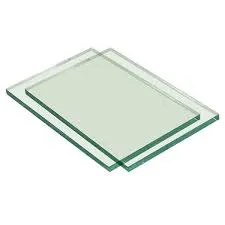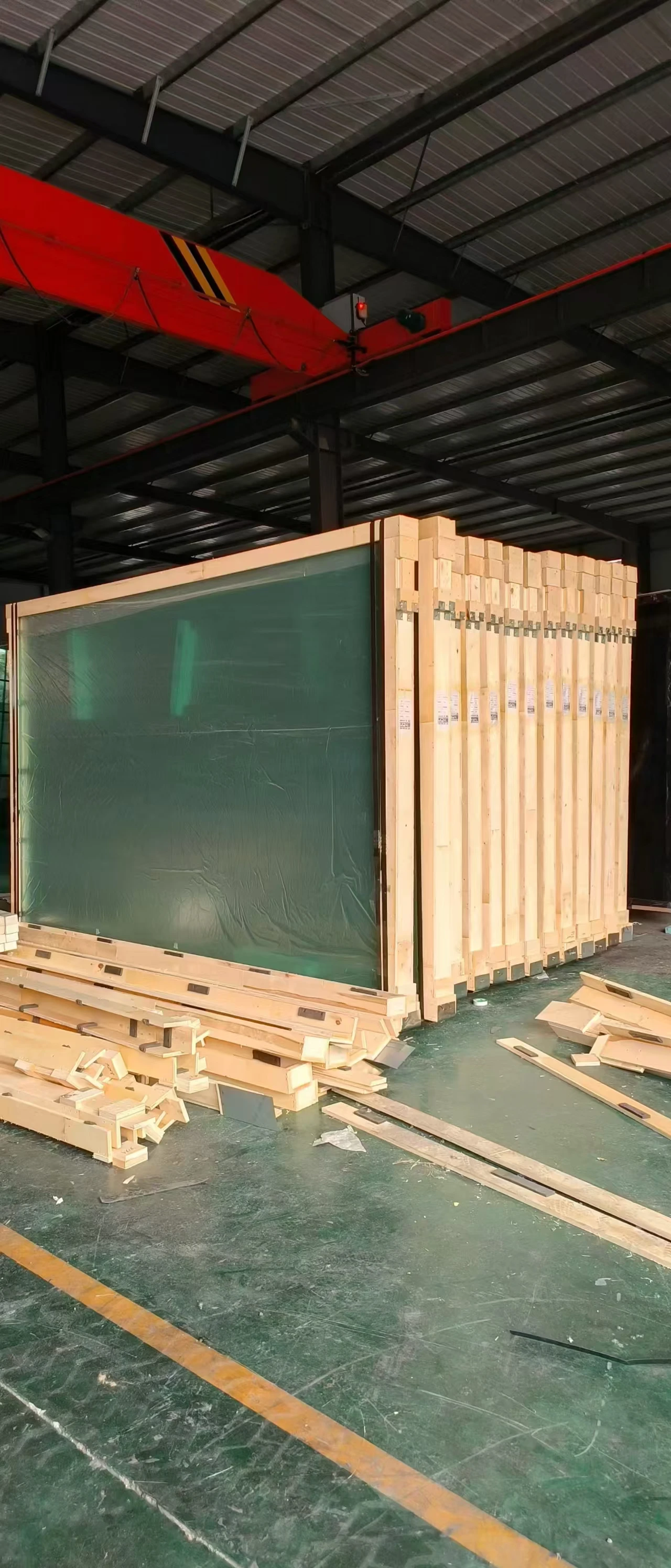Designing a toughened glass railing is both an art and a science, balancing aesthetics, safety, and functionality. As a professional in the architectural design space, the intricacies of toughened glass railing design require a blend of expert understanding and deep experience. This robust solution has become a staple in modern construction, offering unrivaled transparency and strength for a multitude of applications.

Toughened glass, often referred to as tempered glass, undergoes a thermal process that makes it four to five times stronger than untreated glass. Its ability to withstand significant impact without shattering into dangerous shards makes it an excellent choice for safety-conscious designs. This feature alone underscores the glass’s power in high-traffic areas, offering peace of mind in spaces such as balconies, terraces, and staircases.
From an aesthetic standpoint, toughened glass railings exude elegance and modernity. The transparency provides uninterrupted views, allowing light to flow and making spaces appear larger and more open. Integrating this material into design schemes enhances architectural features, enabling the railing to blend seamlessly into its surroundings or serve as a standout contemporary element.

The expertise involved in toughened glass railing design requires an understanding of load-bearing capabilities, connection methods, and compliance with architectural standards and local building codes. The glass must be of a thickness that suits the particular application, ranging generally between 10mm and 19mm. Professional designers are tasked with ensuring that these glass panels can withstand not only static loads but also dynamic forces such as wind, human interaction, or in the case of exterior installations, wildlife.
One innovative approach is using frameless glass railing systems. These systems use minimal hardware, usually stainless steel or anodized aluminum, which supports the glass panels at the base. This setup maximizes transparency and enhances the minimalist aesthetic. The precise engineering involved in securing such systems involves torque specifications and material endurance assessments, demonstrating a clear need for authoritative understanding and meticulous application.
toughened glass railing design
In addressing the expertise needed in this field, consider the anchoring systems for glass railings. Point-fixing methods, for instance, use bolts that anchor the glass to the supporting structure, which may require expertise in working with concrete, wood, or steel substrates. The design and execution of these anchor points must ensure stability and longevity, highlighting the importance of professional skill in understanding material science as well as environmental stress factors.
An essential aspect of toughened glass railing design is trustworthiness, which manifests in adherence to the strictest safety standards. Certifications such as those from the American National Standards Institute (ANSI) or the International Organization for Standardization (ISO) ensure the glass meets rigorous safety and quality benchmarks. Professionals in the industry continuously update their knowledge with these standards, ensuring that each design not only meets but exceeds expectations.
Finally, exploring the realm of custom designs allows for tailored solutions, attesting to the expertise and flexibility in using toughened glass. Whether tinted or frosted for privacy, incorporating etching or screen-printing for decorative purposes, or curving the glass for a unique architectural flow, the possibilities are virtually limitless. These customizations can add a personal touch to commercial or residential spaces, allowing the designer’s creativity to shine while maintaining structural integrity and compliance.
Toughened glass railing design embodies the pinnacle of modern architectural innovation. It demands a balance of visual appeal, rigorous safety standards, and advanced engineering knowledge. The result is a product that enhances any space it occupies, combining beauty and safety in equal measure. Through continuous innovation and adherence to best practices, professionals ensure that each glass railing stands as a testament to quality, expertise, and trust.
 Afrikaans
Afrikaans  Albanian
Albanian  Amharic
Amharic  Arabic
Arabic  Armenian
Armenian  Azerbaijani
Azerbaijani  Basque
Basque  Belarusian
Belarusian  Bengali
Bengali  Bosnian
Bosnian  Bulgarian
Bulgarian  Catalan
Catalan  Cebuano
Cebuano  Corsican
Corsican  Croatian
Croatian  Czech
Czech  Danish
Danish  Dutch
Dutch  English
English  Esperanto
Esperanto  Estonian
Estonian  Finnish
Finnish  French
French  Frisian
Frisian  Galician
Galician  Georgian
Georgian  German
German  Greek
Greek  Gujarati
Gujarati  Haitian Creole
Haitian Creole  hausa
hausa  hawaiian
hawaiian  Hebrew
Hebrew  Hindi
Hindi  Miao
Miao  Hungarian
Hungarian  Icelandic
Icelandic  igbo
igbo  Indonesian
Indonesian  irish
irish  Italian
Italian  Japanese
Japanese  Javanese
Javanese  Kannada
Kannada  kazakh
kazakh  Khmer
Khmer  Rwandese
Rwandese  Korean
Korean  Kurdish
Kurdish  Kyrgyz
Kyrgyz  Lao
Lao  Latin
Latin  Latvian
Latvian  Lithuanian
Lithuanian  Luxembourgish
Luxembourgish  Macedonian
Macedonian  Malgashi
Malgashi  Malay
Malay  Malayalam
Malayalam  Maltese
Maltese  Maori
Maori  Marathi
Marathi  Mongolian
Mongolian  Myanmar
Myanmar  Nepali
Nepali  Norwegian
Norwegian  Norwegian
Norwegian  Occitan
Occitan  Pashto
Pashto  Persian
Persian  Polish
Polish  Portuguese
Portuguese  Punjabi
Punjabi  Romanian
Romanian  Russian
Russian  Samoan
Samoan  Scottish Gaelic
Scottish Gaelic  Serbian
Serbian  Sesotho
Sesotho  Shona
Shona  Sindhi
Sindhi  Sinhala
Sinhala  Slovak
Slovak  Slovenian
Slovenian  Somali
Somali  Spanish
Spanish  Sundanese
Sundanese  Swahili
Swahili  Swedish
Swedish  Tagalog
Tagalog  Tajik
Tajik  Tamil
Tamil  Tatar
Tatar  Telugu
Telugu  Thai
Thai  Turkish
Turkish  Turkmen
Turkmen  Ukrainian
Ukrainian  Urdu
Urdu  Uighur
Uighur  Uzbek
Uzbek  Vietnamese
Vietnamese  Welsh
Welsh  Bantu
Bantu  Yiddish
Yiddish  Yoruba
Yoruba  Zulu
Zulu 


